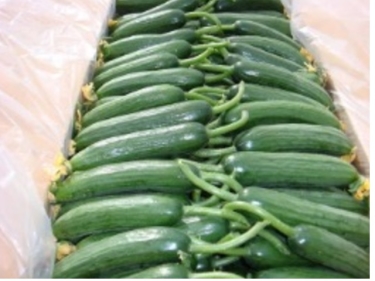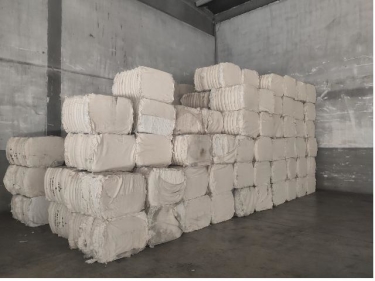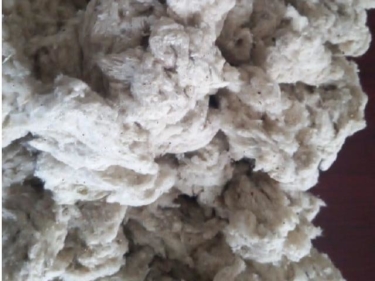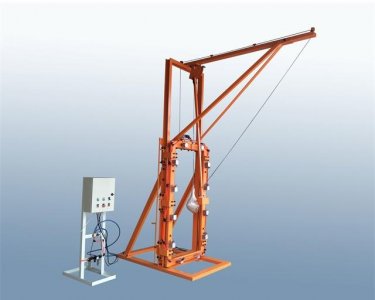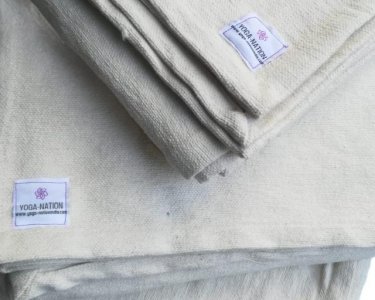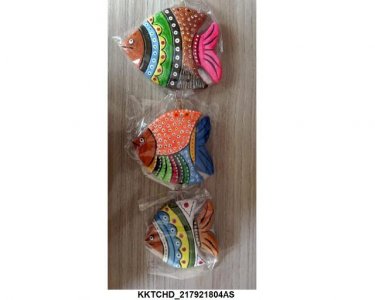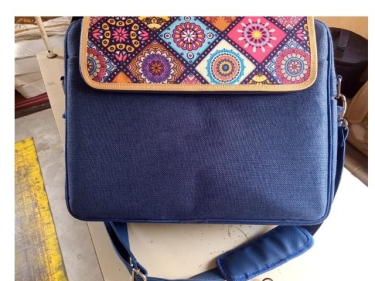Search Results for "cuba" in "Cuba" on Export Portal
Active Filters
-
Keywords:
-
Country:
- Clear all
New Search
Couldn't find the product you want?
Fill out this form to request the product.
Exports
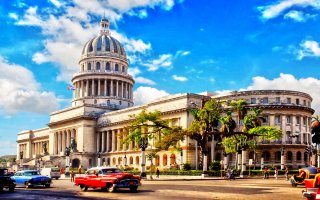
The economy of Cuba is a planned economy, which means that the largest part of the country's production is owned and controlled by the government. The main sectors of the Cuban economy are industry, agriculture and tourism. Agriculture represents about 10 percent of the country's GDP and 20 percent of the population are employed in this sector. The main crops cultivated in Cuba are tobacco, coffee, sugarcane, citrus, beans, rice, livestock and potatoes.
The main mineral resource of Cuba is nickel, representing 21 percent of total exports. Other important mineral resources are cobalt, iron ore, steel, marble and petroleum. Cuba also produces cement and asphalt.
Tourism in an important part of the Cuban economy and it is one of the major sources of revenue for the country. Cuba is a popular touristic destination due to its favorable climate, beaches and a mixture of different cultures.
Cuba is the world's 136th largest exporter, the main exports being sugar, nickel, refined fuels, pharmaceuticals and tobacco. Cuba also exports beverages, iron and steel, fish and wood. The most important Cuba's export destinations are the UK, Spain, the Netherlands, Canada,Venezuela and China.
Customs requirements of Cuba
Cuba Customs Contacts
Website: http://www.aduana.co.cu/
Email: publico@agr.aduana.cu
Telephone:(537)855-5466-71
Address: 6 st y 39 st, Plaza de la Revolución, La Habana, CP 10400
Cuba is situated where the Caribbean Sea, the Gulf of Mexico and the Atlantic Ocean meet. It is located south of Florida and the Bahamas, west of Haiti and north of Jamaica. The country is a member of the Bolivarian Alternative for the Americas, Latin American Integration Association, United Nations, Association of Caribbean States and Mercosur.
Export/Import Requirements
Goods can be imported into Cuba only by government entities and joint ventures holding permits for the specific goods in question. Agents can handle goods on consignment for licensed importers, but they cannot import on their own account and they cannot conduct distribution operations. Joint ventures with foreign participation will generally obtain their import permits through their Cuban partners, but the right to import specific categories of products may be included in negotiations when seeking approval of the joint venture agreement.
Import duties are generally managed and paid for by the Cuban importer. Following an update in 2008, the simple average tariff on approximately 5,400 commodities was reduced from 11.5% to 10.4% for most favoured nation (MFN) countries, according to the Ministerio del Comercio Exterior (MINCEX), Ministry of Foreign Trade. The maximum MFN tariff is 30%. Cuba applies the MFN rate to goods originating in Canada and other countries with which it has bilateral agreements. Non MFN general tariff averages 17.9%. Cuba is also a member of the Latin American Integration Association (ALADI). Import tariff classifications are based on the Harmonized System (HS) at the 8-digit level. Entities with foreign partners may be granted duty free status for some or all of those products as part of their economic association or joint venture agreement.
A license is required for the export or reexport to Cuba of all items subject to the Export Administration Regulations (EAR).
Source:
http://www.bis.doc.gov/index.php/policy-guidance/country-guidance/sanctioned-destinations/cuba



